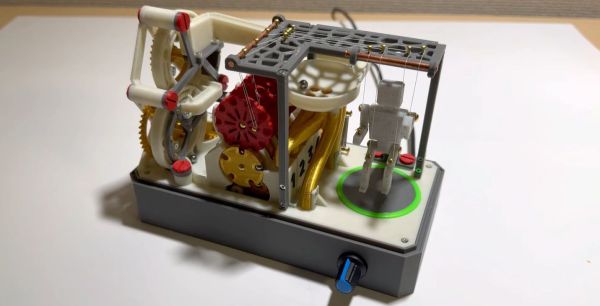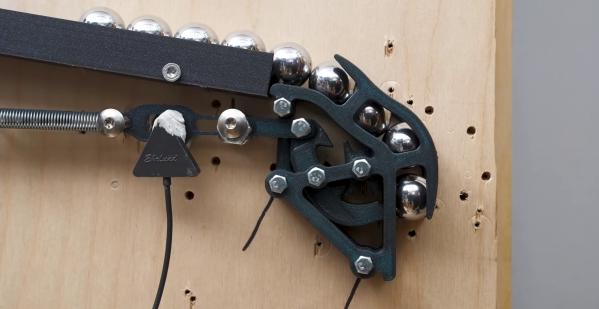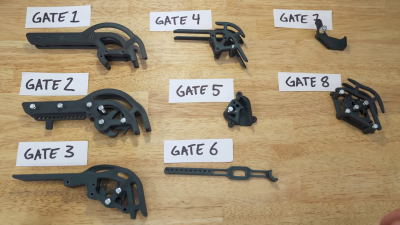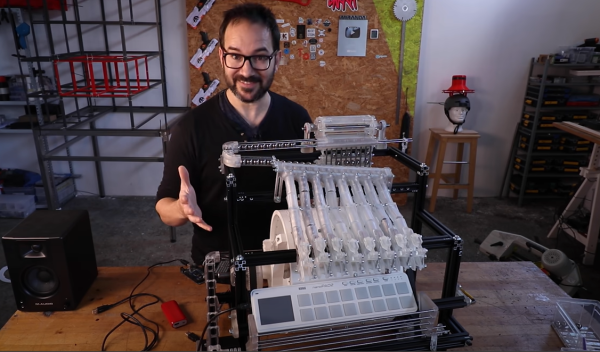[Martin] of [Wintergatan] is on a quest to create the ultimate human-powered, modern marble music machine. His fearless mechanical exploration and engineering work, combined with considerable musical talent, has been an ongoing delight as he continually refines his designs. We’d like to highlight this older video in which he demonstrates how to dynamically regulate the speed of a human-cranked music machine by taking inspiration from gramophones: he uses a flyball governor (or centrifugal governor).
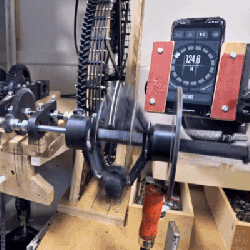
These devices are a type of mechanical feedback system that was invented back in the 17th century but really took off once applied to steam engines. Here’s how they work: weights are connected to a shaft with a hinged assembly. The faster the shaft spins, the more the weights move outward due to centrifugal force. This movement is used to trigger some regulatory action, creating a feedback loop. In a steam engine, the regulator adjusts a valve which keeps the engine within a certain speed range. In a gramophone it works a wee bit differently, and this is the system [Wintergatan] uses.
To help keep the speed of his music machine within a certain narrow range, instead of turning a valve the flyball governor moves a large disk brake. The faster the shaft spins, the harder the brake is applied. Watch it in action in the video (embedded below) which shows [Wintergatan]’s prototype, demonstrating how effective it is.
[Wintergatan]’s marble machine started out great and has only gotten better over the years, with [Martin] tirelessly documenting his improvements on everything. After all, when every note is the product of multiple physical processes that must synchronize flawlessly, it makes sense to spend time doing things like designing the best method of dropping balls.
One final note: if you are the type of person to find yourself interested and engaged by these sorts of systems and their relation to obtaining better results and tighter tolerances, we have a great book recommendation for you.
Continue reading “Taking Cues From A Gramophone To Make A Better Marble Music Machine”




